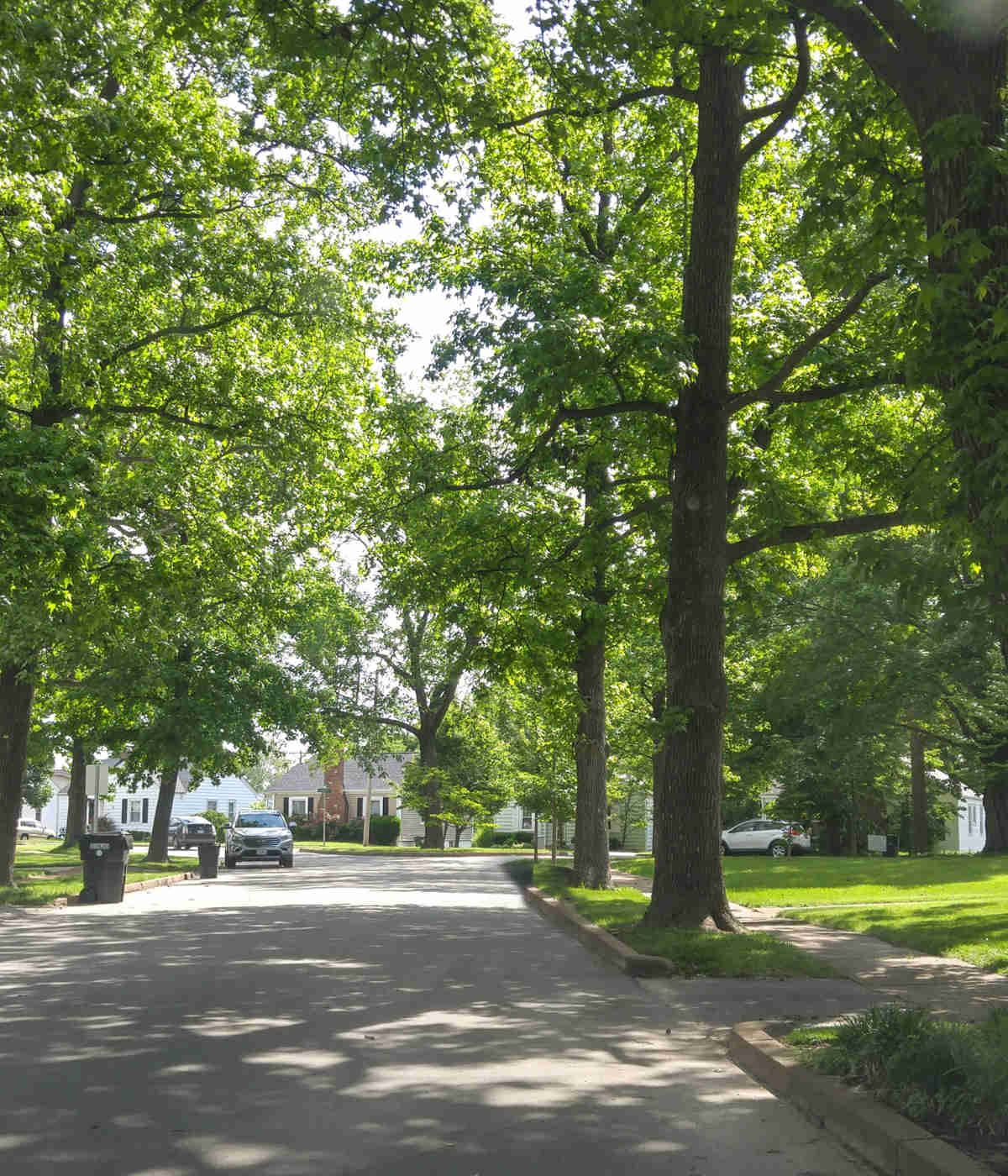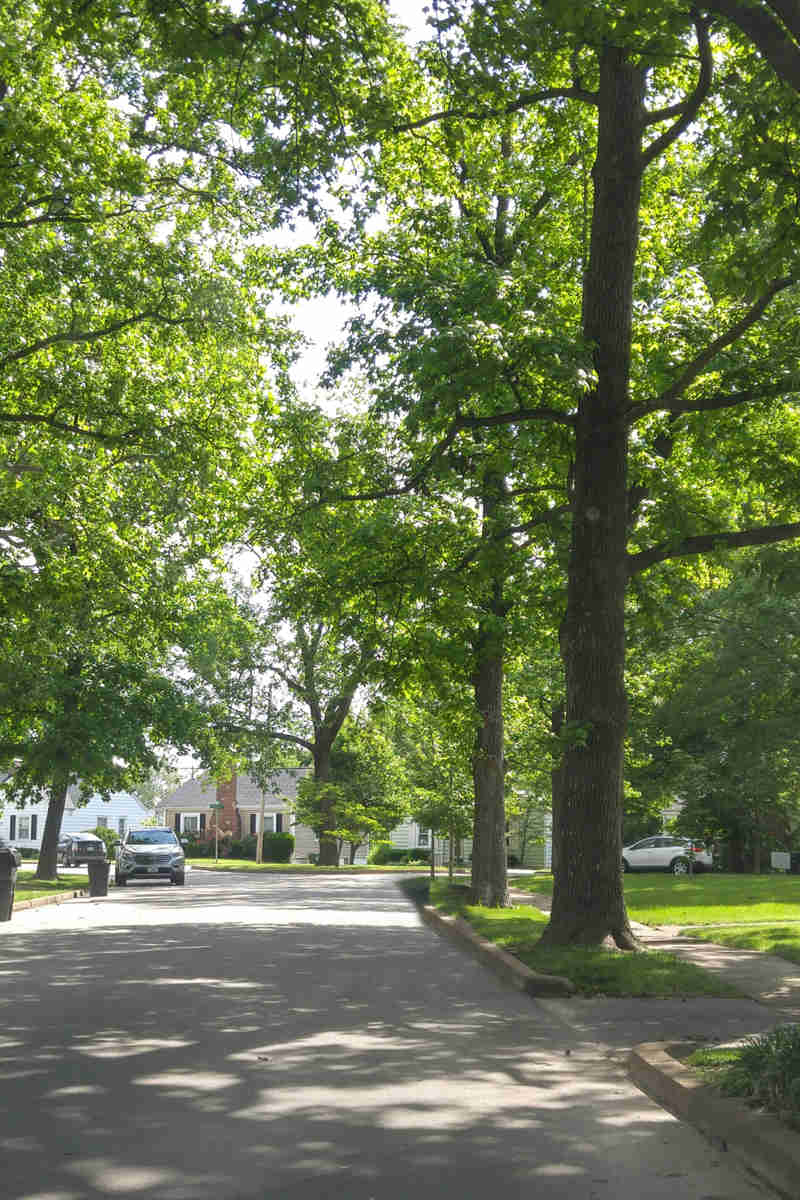When temperatures rise and the snow melts for the final time in Massachusetts, you may spot some suspicious-looking areas in your lawn. Snow mold, caused by prolonged snow cover or wet leaf cover on your lawn, is a fungus that, if left unchecked, can be a yard killer.
Don’t let snow mold ruin your spring! Look for telltale symptoms to treat it early and take preventative measures to prevent future diseases.
What is Snow Mold & How Does It Affect Lawns During Spring
Snow mold is a cold-weather disease that affects cool-season grasses like Kentucky bluegrass. There are two types of snow mold, pink (Microdochium patch or Fusarium patch) and gray (Typhula blight), that differ in severity.
Symptoms of pink and gray snow mold are most noticeable when the snow begins to melt. If you see matted down, crusted, circular patches of grass ranging in size from a few inches to several feet, you may have snow mold. Like their namesakes suggest, gray snow mold will have a gray-ish white appearance, and pink snow mold will look white-ish pink.
Pink snow mold is the more severe type because it can kill grass roots as well as blades and only requires cool, wet conditions for growth. Grey snow mold typically only affects the grass blades and requires snow cover to thrive.
Actionable Steps To Recover Lawn After Snow Mold Damage
The good news is that lawn recovery after snow mold is possible! Here’s how to fix snow mold damage:
- Rake/Remove Dead Grass and Debris – Gently raking the area to loosen matted grass and allowing the soil to dry quickly before first frost may help reduce infection
- Aerate Your Lawn – Aerating your lawn for snow mold recovery can help promote grass root health.
- Fertilize – Applying fertilizer in late March to early May can help promote new grass growth. The best fertilizers for snow mold recovery are high in nitrogen. Avoid over-fertilizing, which can lead to fertilizer burn!
- Reseed Bare Spots and Thinning Areas – Reseeding a lawn after snow mold will help cover bare and thinning spots caused by the fungus. Read more about the best grass seed for snow mold recovery in Massachusetts, including Kentucky bluegrass, fescue, and ryegrass, and when to reseed your lawn.
- Water and Maintenance – Proper lawn maintenance, like mowing, dethatching, aeration, and preventing excessive water buildup, can help minimize the risk of snow mold.
How To Prevent Snow Mold In Massachusetts Lawns
Preventing snow mold in Massachusetts only takes a few steps to incorporate into your lawn care routine. Proper fall lawn care, like aeration to improve airflow and drainage, fertilization during your final mow of the season to help your grass roots grow thicker, greener grass, and overseeding to fill in bare areas, can set your lawn up for success during the colder months and reduce matting.
Hiring a specialist with the knowledge to care for and maintain your lawn can help avoid damage caused by snow mold in the future. At Hartney Greymont, we have local arborists and professional turf specialists throughout Massachusetts in Needham, Concord, Danvers, and the surrounding areas to help with your backyard’s needs.
Make Sure Your Grass Is Green This Summer With These Lawn Care Tips



